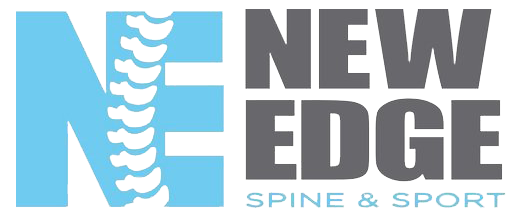Are Your Headaches Actually Coming from Your Neck?
If you've been popping Advil or laying in a dark room every time a headache hits, you're not alone. But here’s a question most people never ask:
What if your headaches aren't really “head” problems at all?
What if they’re coming from your neck?
This is more common than you think — and it has a name: cervicogenic headaches.
What Are Cervicogenic Headaches?
Cervicogenic headaches are caused by dysfunction or tension in the upper cervical spine — usually due to joint restriction, poor posture, or tight muscles at the base of the skull. They often mimic tension or even migraine-style headaches, but the root cause lives in your neck.
And the frustrating part? They won’t go away with over-the-counter meds.
Because the problem isn’t in your brain — it’s in your body.
How Do You Know If It’s From Your Neck?
Here are some common signs:
The headache starts at the base of your skull or neck, then wraps forward
You experience limited neck movement or stiffness
Pain is usually one-sided and can radiate into the shoulders
Headaches are triggered by neck position (desk work, driving, sleeping wrong)
If that sounds familiar, it’s time to stop chasing the symptom and treat the root cause.
What’s Causing It?
Cervicogenic headaches can be triggered by:
Poor posture (hello, tech neck)
Forward head position while working or scrolling
Muscle imbalances between the neck, shoulders, and upper back
Joint restriction or loss of mobility in the upper cervical spine
Lack of strength or control through the deep neck flexors and thoracic spine
Your neck is a high-stress, high-responsibility zone — when it’s not moving and functioning properly, your head pays the price.
How We Help Patients Like You
The good news? There’s a fix.
And no, it’s not lifetime care or another bottle of pain relievers.
We start with a full-body movement and posture screen to identify where the problem is coming from. Then, we address it with:
✅ Hands-on adjustments to restore joint mobility
✅ Manual therapy to release chronically tight muscles
✅ Rehab and strength work to fix the underlying dysfunction
✅ Posture and movement corrections so it stays fixed
Most patients start seeing results quickly once the real issue is treated.
If you're tired of headaches running your life — let’s fix the root cause.
Click here to schedule your visit and take the first step toward long-term relief.
